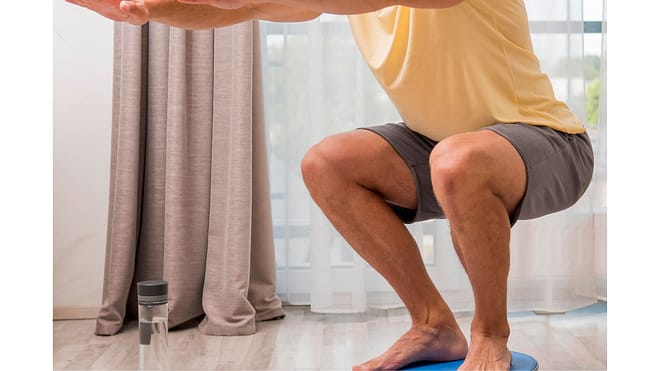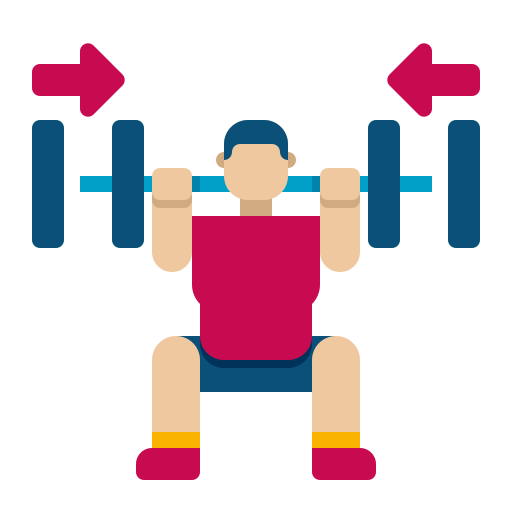Benefits of Weightlifting Shoes for Squats
Heel Elevation:
Weightlifting shoes typically have a raised heel, often made of a hard material like wood or plastic. This elevation can improve ankle mobility, allowing some individuals to achieve deeper squats by compensating for limited ankle flexibility.
Stability:
The solid and non-compressible nature of weightlifting shoe soles can enhance stability during squats, especially for those who struggle with balance or need a more secure base.
Firmness:
These shoes often have a firm sole, providing a more consistent surface to push against while squatting, which some find beneficial for maintaining proper form and depth.
Squatting without Weightlifting Shoes
Natural Movement:
Some individuals prefer squatting without weightlifting shoes to have a more natural feel and a greater sense of connection with the ground. This choice might stem from personal comfort or familiarity.
Ankle Flexibility:
For those with excellent ankle flexibility, squatting without elevated heels might not impede their ability to achieve proper depth. In fact, barefoot or minimalist shoe squatting can promote greater engagement of stabilizing muscles.
Adaptation:
Squatting without weightlifting shoes can encourage adaptation and improvement in ankle mobility over time, potentially leading to increased squat depth without the aid of heel elevation.
So… go with What Works for You
Ultimately, whether you’ll hit proper squat depth easier without weightlifting shoes is highly individual. Experimenting with both approaches and considering your specific biomechanics and comfort level during squats is key. Some individuals may find greater success and comfort with weightlifting shoes, while others may prefer barefoot or minimalist shoe squatting.
Remember, achieving proper squat depth involves various factors beyond footwear, such as technique, mobility, and strength. Gradual improvements in these areas, regardless of the footwear choice, can contribute to better squat performance.
Additional Resources:
American Council on Exercise (ACE) – Squat Depth Guide – Offers insights on ideal squat depth for strength and fitness.
BarBend – Ankle Mobility Exercises – Provides exercises to improve ankle mobility, which can impact squatting depth.
T-Nation – Squatting Without Shoes – Discusses the benefits of squatting without shoes and its impact on exercise form.
Experimentation and understanding your body’s response to different approaches will help you determine the most effective method for achieving proper squat depth.


